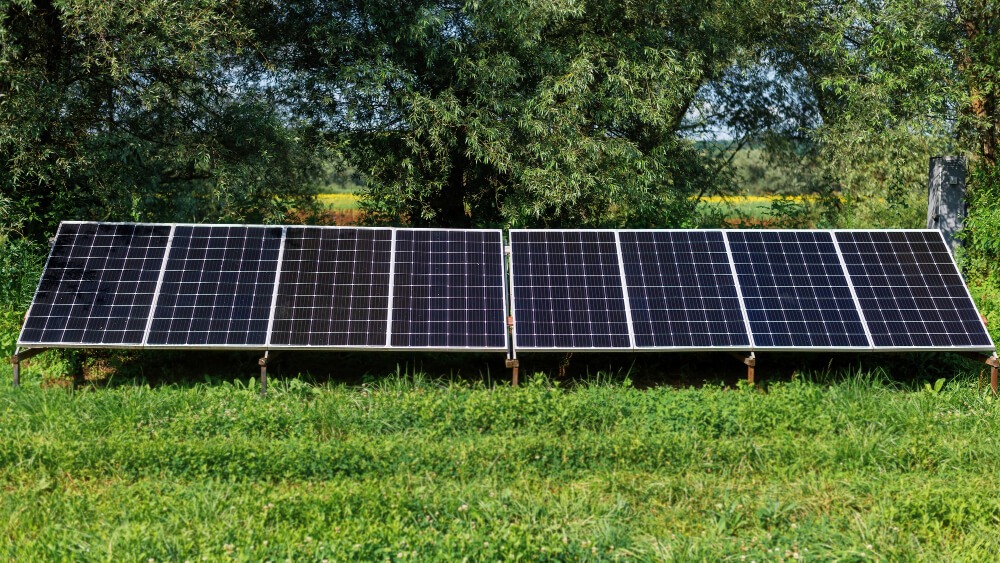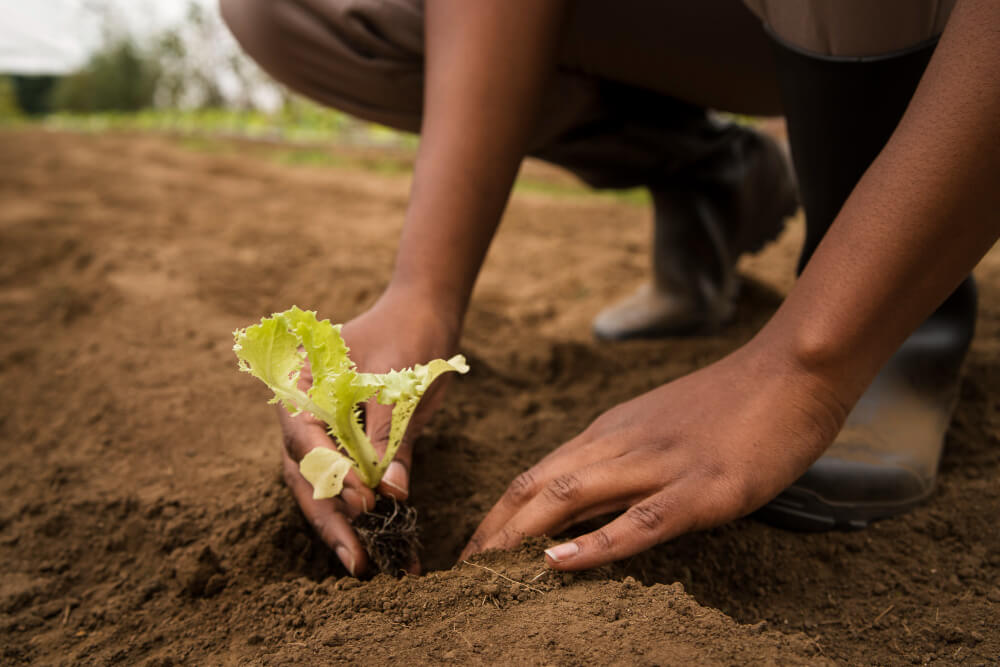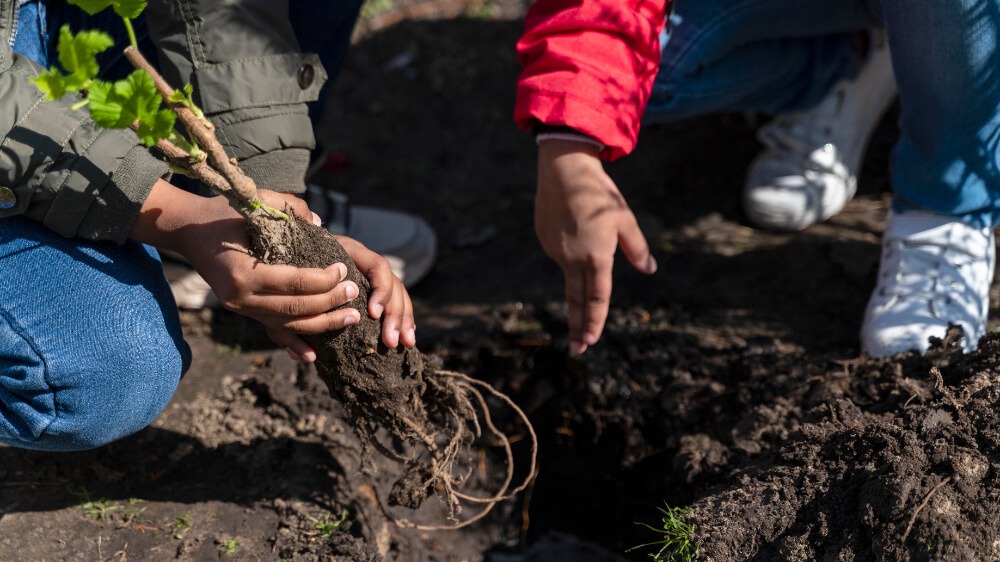Climate change is one of the most pressing challenges of our time, with global impacts ranging from droughts, heat waves, erratic weather patterns to melting ice caps and shifting ecosystems. Addressing this global crisis requires collective action from governments, businesses, and individuals to reduce greenhouse gas emissions.
As outlined in the Paris Agreement, the goal is to limit global warming to below 2°C above pre-industrial levels, with an ambitious target of 1.5°C. Achieving this goal is especially crucial for vulnerable communities already grappling with severe impacts of climate change.
By undertaking significant actions to mitigate climate change such as reducing emissions by 45% before 2030 and reaching net-zero by mid-century, we can work together to secure a sustainable future for generations to come.
How to mitigate the Global impacts of climate change.

Transitioning to Renewable Energy.
Renewable energy systems, such as solar panels and wind turbines offer a cleaner, healthier future as they generate electricity without polluting the atmosphere. Cleaner air not only benefits ecosystems, but also directly reduces respiratory issues.
Renewable energy also provides stability and security. Fossil fuels are finite resources with fluctuating prices influenced by geopolitical tensions and market demand.
In contrast, once the infrastructure for renewable energy is in place, operational costs are minimal, making it a cost-effective solution over time. Moreover, these systems can be tailored to meet the energy needs of local communities, reducing dependence on centralized power grids.
As technology advances, renewable energy is becoming increasingly efficient and accessible.
By embracing renewable energy, we are not only reducing our carbon footprint but also investing in a sustainable future.
Enhancing Energy Efficiency.
Energy efficiency minimizes waste, ensuring every unit of energy is fully utilized. This not only reduces greenhouse gas emissions but also significantly cuts costs for households, businesses, and governments.
In homes, energy efficient appliances, insulation, and LED lighting lower energy bills while maintaining comfort.
Industries benefit from reduced operational costs and emissions by upgrading machinery and optimizing processes, fostering sustainability and competitiveness.
Moreover, in transportation, energy efficiency shines through advancements like electric vehicles and improved public transit systems, which reduce reliance on fossil fuels. Consequently, this shift lowers emissions and user expenses, offering cleaner and more economical alternatives to traditional methods of transport.
On a broader scale, energy efficiency strengthens energy security by decreasing overall demand and reducing dependency on imported fuels. This enhanced resilience helps stabilize economies and creates opportunities for innovation in energy technologies.
Furthermore, by conserving resources, energy efficiency eases the strain on natural ecosystems and delays the need for expensive infrastructure expansions. For developing countries, lower energy costs foster sustainable growth and free up funds for healthcare and education.
Ultimately, energy efficiency empowers individuals and organizations to take immediate, impactful action against climate change.
Sustainable Agriculture Practices to Mitigate Climate Change.
Through methods like no-till farming, cover cropping, and Agro-forestry, farmers rebuild soil fertility, restore water cycles, and capture atmospheric carbon. These techniques mimic nature, fostering biodiversity and resilience while reducing emissions and boosting yields, proving ecological health and economic viability go hand in hand.
Gabe Brown exemplifies this transformation. His regenerative practices, such as cover crops and rotational grazing, have revitalized degraded lands, sequestered carbon, and boosted farm productivity, drawing in more than 2,000 people a year with a desire to replicate his success.
In his book, “Dirt to Soil“, Gabe Brown summarizes the theory and practice of his groundbreaking farming method.
Brown’s 5 Principles of sustainable farming.
- Limit the disturbance of soil. Tilling disrupts soil structure and destroys habitats essential for plant growth. No-till farming preserves the underground ecosystem by using equipment that plants seeds without plowing.
- Armor. Keep soil covered with plants to protect it from erosion and moisture loss.
- Diversity. A single species is not enough to ensure a well balanced soil. Each plant or living organism plays a role in maintaining soil structure.
- Living roots. If living roots are maintained in the soil all year round, they can continue to supply carbon compounds that serve as food for microorganisms.
- Integrated Animals. Brown divides his pasture into sections and rotates cattle frequently. This prevents overgrazing, protects the soil, stimulates plant growth, and enhances soil carbon storage.
These principles focus on restoring the farmland’s natural ecosystem, emphasizing the relationship between soil, roots, and microorganisms within the “rhizosphere” or rooting zone.

Agronomist Shinano Takuro and his team have captured groundbreaking visual images of rhizosphere activity. Using special imaging techniques, they observed carbon compounds from photosynthesis moving down to plant roots, specifically in legume species.
In southern Japan, Yoshida Toshimichi’s pioneering use of natural fertilizers derived from fermented organic waste highlights another dimension of sustainable agriculture. His approach enhances soil microbial activity, fostering resilient crops that thrive without synthetic inputs. This model of circular resource use offers both economic and environmental rewards, providing a template for small-scale and large-scale farmers alike.
The “4 per 1000 Initiative,” introduced at the 2015 Paris Climate Conference, highlights the global potential of sustainable practices in addressing climate change and food security.
It promotes soil carbon enrichment through methods like biochar application and reduced tillage. Increasing soil carbon by just 0.4% annually could offset rising CO₂ levels and ensure fertile farmland for future generations.
Reducing the use of synthetic fertilizers and pesticides lowers costs, cuts pollution, and makes farming more sustainable, especially for marginalized communities.
Forest Conservation and Restoration.

Forests play a vital role in combating climate change by acting as carbon sinks, absorbing CO₂ from the atmosphere.
Trees capture carbon during their growth and store it in both their biomass and the soil, where it can remain for centuries. By protecting existing forests and restoring degraded ones, we can significantly reduce carbon emissions.
Beyond carbon sequestration, restoring degraded forests through reforestation helps repair ecosystems by rejuvenating habitats, improving water quality, and supporting local wildlife.
They also offer critical ecosystem services, such as preventing soil erosion, and maintaining soil fertility, benefits that directly contribute to agricultural productivity and overall environmental health.
Promoting Circular Economy Practices.
The traditional linear economy contributes to climate change by generating waste, carbon emissions, and depleting natural resources.
In contrast, the circular economy focuses on reducing waste by reusing, repairing, and recycling materials. This model keeps products in use longer, reducing the need for new resources and lowering emissions.
For example, the Quay Quarter Tower in Sydney reused 68% of its original structure, saving 12,000 tons of carbon and $130 million. Similarly, in London, the One Triton Square project used a “marginal gains” approach to maximize performance, cutting carbon emissions by 40,000 tons and reducing costs by 43%.
By adopting circular economy practices, businesses can reduce waste, conserve resources, and contribute to a greater economy. This model not only mitigates climate change but also fosters innovation and job creation in recycling and manufacturing industries.
The circular economy mirrors nature’s systems, where nothing goes to waste, offering a sustainable solution for the future.
International Cooperation to mitigate climate change.
International cooperation is crucial in addressing climate change. Agreements like the Paris Agreement set emission reduction targets and promote global collaboration. Developed countries must support developing nations through financial aid and technology transfer to enhance their capacity for climate action.
Meeting climate goals requires countries to align policies with both climate targets and the Sustainable Development Goals (SDGs). Cooperation drives investment in clean energy, sustainable agriculture, and ecosystem protection, ensuring equitable solutions.
A united approach helps vulnerable nations manage risks, build resilience, and transition to sustainable practices. By working together, countries can limit warming and secure a sustainable future.
Conclusion.
Mitigating the global impacts of climate change requires a unified effort that combines international cooperation, robust policies, and active community engagement.
Clear emission reduction targets, public awareness, and collective action are essential for driving meaningful change. By working together globally and locally, we can build a sustainable future and protect the planet for generations to come.




